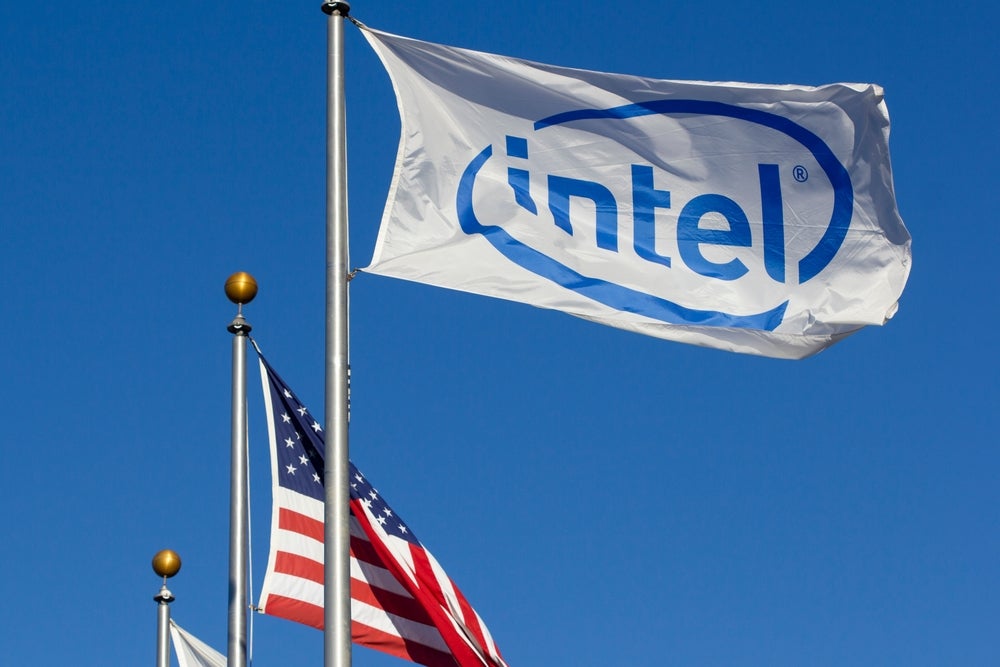NetApp has filed a patent for systems and methods to reduce read amplification in a virtual storage system. The patent describes a technique where heuristic data is tracked and used in real-time by the file system at the volume level. This allows for selective directing of read requests to either a fast path or a slow path based on the correlation between data blocks stored in a compressible zone and the presence of compressed data and checksums. The virtual storage system can mitigate read amplification when data compression is enabled. GlobalData’s report on NetApp gives a 360-degree view of the company including its patenting strategy. Buy the report here.
According to GlobalData’s company profile on NetApp, decentralized data stores was a key innovation area identified from patents. NetApp's grant share as of September 2023 was 74%. Grant share is based on the ratio of number of grants to total number of patents.
Reducing read amplification in a virtual storage system
A recently filed patent (Publication Number: US20230315691A1) describes a virtual storage system that utilizes volume-level heuristic data to optimize read requests. The system includes a processing resource and a non-transitory computer-readable medium that stores instructions for the virtual storage system.
The virtual storage system maintains volume-level heuristic data using a file system, which indicates the correlation between data blocks stored on the volume and their location within a compressible zone of a zoned checksum scheme. The data blocks contain compressed data and a corresponding checksum. Based on this heuristic data, the file system selectively directs read requests for data blocks to either a fast path via a storage layer or a slow path via a data virtualization layer of the virtual storage system. The decision is made based on the workload to which the volume has been assigned for use.
The zoned checksum scheme used in the virtual storage system is referred to as advanced zone checksum (AZCS). This scheme helps in efficiently verifying the integrity of data blocks stored on the volume.
The volume-level heuristic data is maintained in-memory and is initiated when the volume is mounted. It includes various parameters such as a read counter, a success counter, a success rate, and a fast path enabled flag. The read counter keeps track of the total number of read requests involving data blocks in the compressible zone during an active window of read requests. The success counter indicates the subset of read requests for which the correlation between the data blocks and compressed data was successfully predicted. The success rate is calculated based on these counters, and the fast path enabled flag is set based on the success rate meeting a predefined threshold.
The virtual storage system also includes a retry counter, which counts the number of times data blocks retrieved by fast path reads do not contain a checksum for the data within the block. If the retry counter exceeds a maximum retry threshold, the fast path is disabled for subsequent read requests for the volume.
In summary, the patent describes a virtual storage system that uses volume-level heuristic data to optimize read requests. By selectively directing read requests to either a fast path or a slow path based on the heuristic data, the system aims to improve the efficiency and performance of the virtual storage system.
To know more about GlobalData’s detailed insights on NetApp, buy the report here.
Data Insights
From

The gold standard of business intelligence.
Blending expert knowledge with cutting-edge technology, GlobalData’s unrivalled proprietary data will enable you to decode what’s happening in your market. You can make better informed decisions and gain a future-proof advantage over your competitors.







